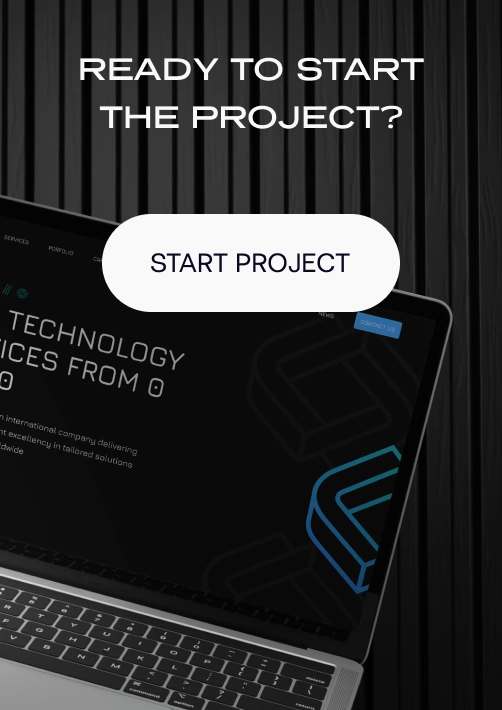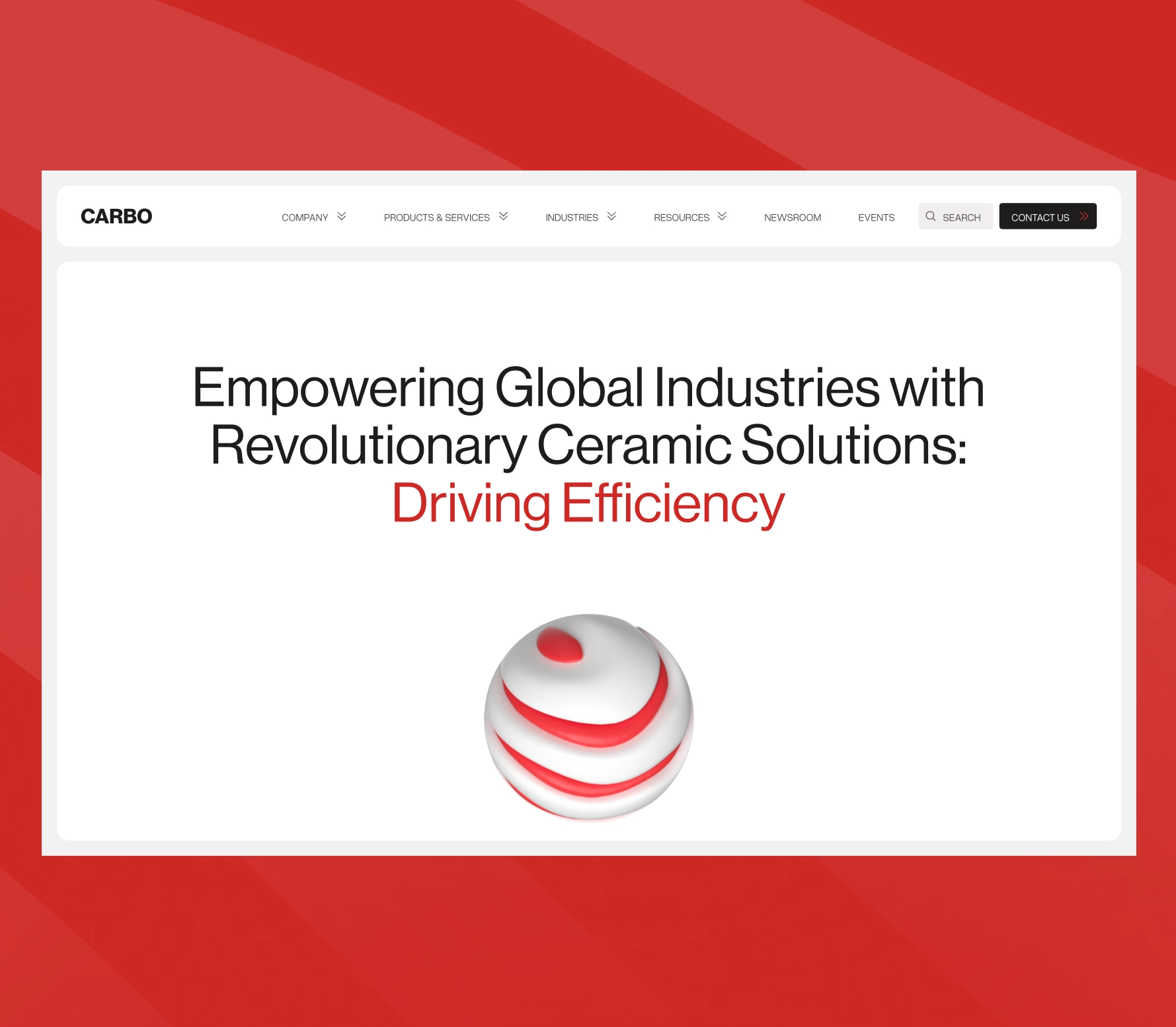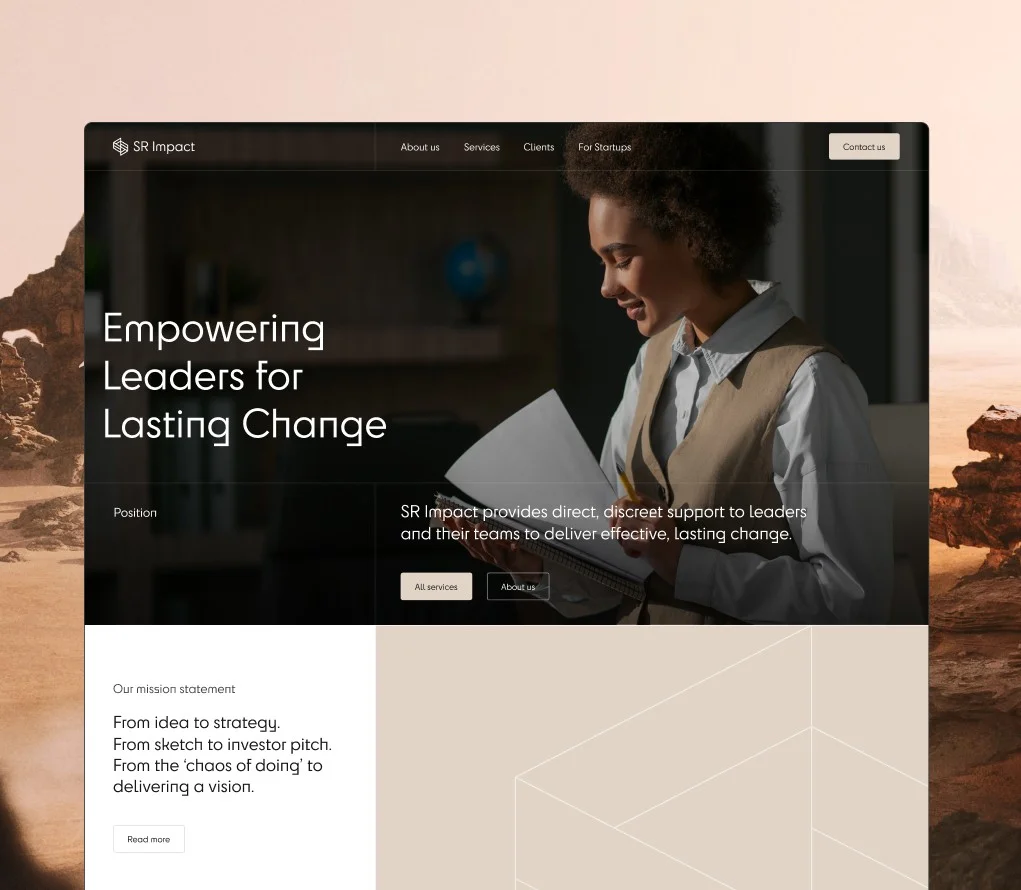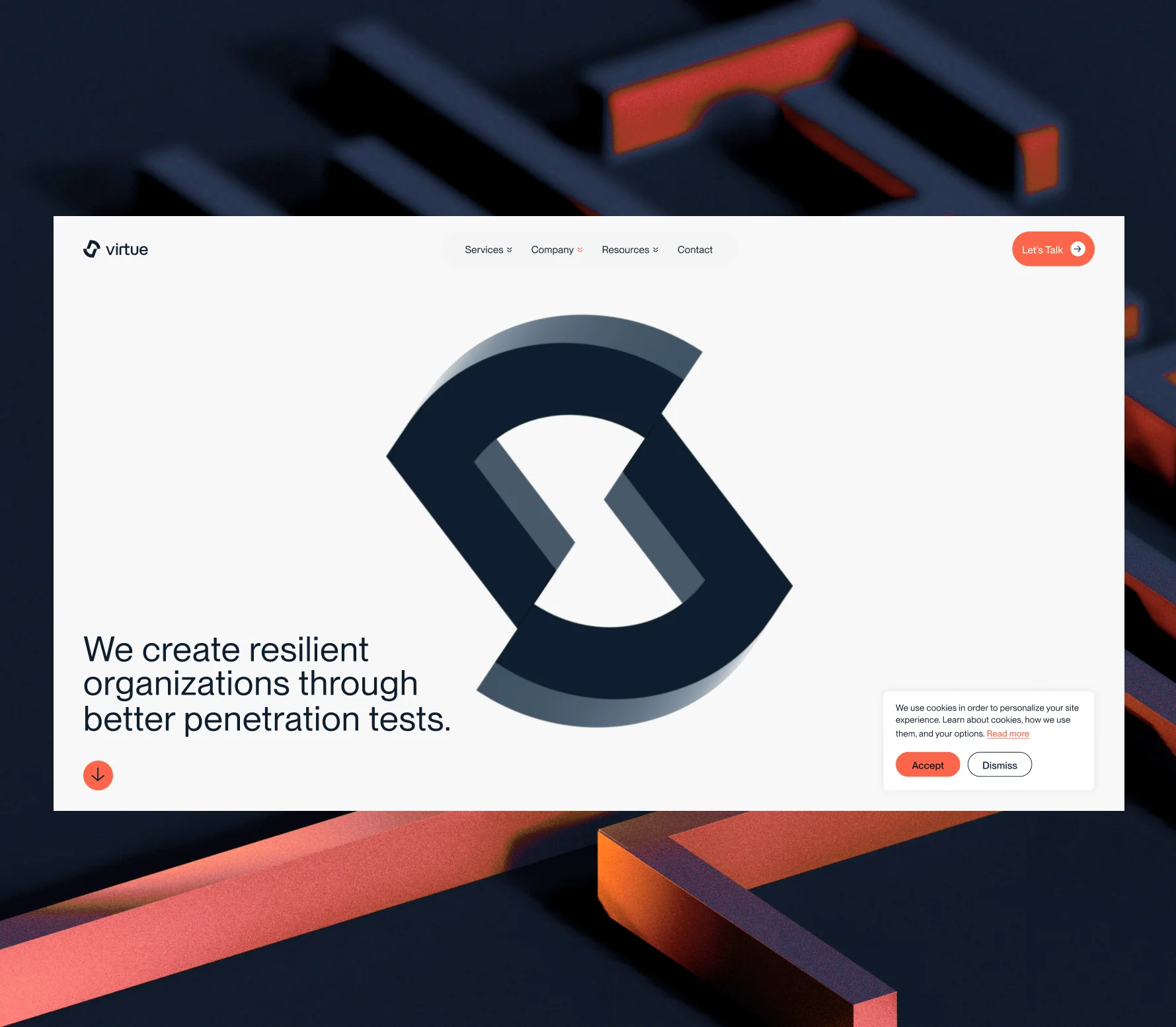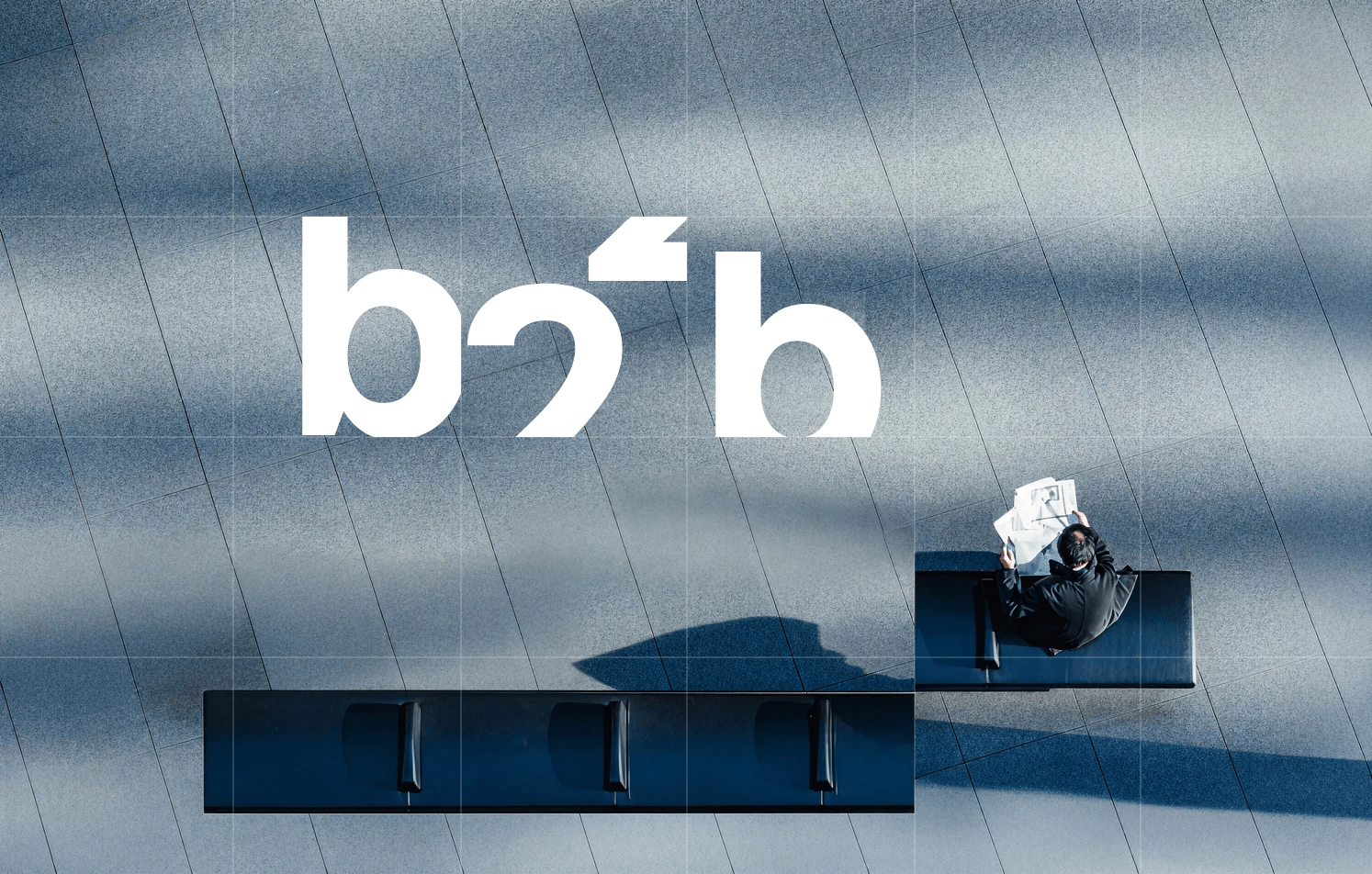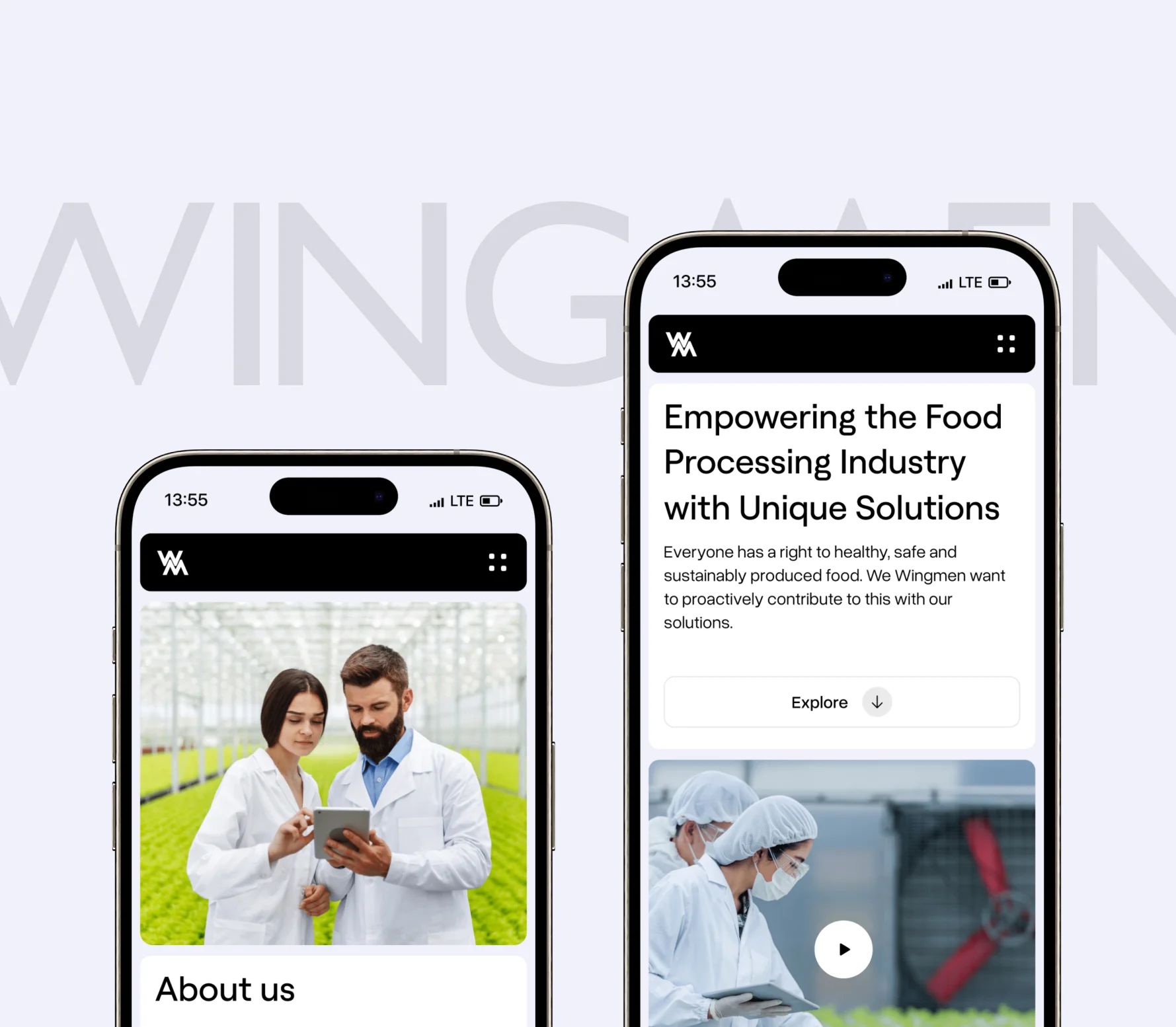Too many businesses treat their corporate website like a box to check off. You build it, launch it, take a quick look and think, “Well, it looks fine”, and then move on. But the truth is, your site is far more than a box on the to-do list. It’s one of the most valuable digital assets you own. It shapes first impressions, builds (or erodes) trust, and directly impacts conversions and sales efficiency.
We’ve built sites for industries from logistics to fintech, and we know this: a real corporate website is about structure, message, logic, and execution. That’s why picking a partner to build it is a strategic decision. The right agency will dig into your business goals, your buyer journey, and the nuances of B2B communication, then translate it all into a modern UX/UI that works. In this article, we’ll share the criteria we believe every founder should use when choosing an agency — the same standards we invite our own clients to measure us against.
What makes a great web design corporate company in 2025
Five years ago, you could get away with a corporate website that looked polished and loaded quickly. In 2025, that’s the bare minimum. The agencies that succeed today are strategic partners. They think about your buyer journey, your sales cycles, your integrations, and your growth. The question isn’t just “who can build us a website?” but “who can build us a digital asset that sells, scales, and lasts?”. Find out what makes the difference between a standard vendor and a great corporate web design agency in 2025.
1. Seeing the business, not the pixels
The difference between a “nice-looking site” and a high-performing corporate website usually comes down to one thing: how well the agency understands your business. Corporate web design agencies in 2025 don’t just ask what colors you like or what pages you need. Instead, they dig into your market, your positioning, and your growth goals. They want to know what makes your audience tick, what competitors are doing, and where your company is headed next. And, when an agency gets it right, the site starts working for you: attracting the right leads, building trust with decision-makers, and nudging visitors closer to conversion.
2. B2B isn’t B2C — and your site should show it
Selling to businesses is nothing like selling to consumers. A B2B site has to generate qualified leads, build trust with multiple decision-makers, and shorten sales cycles — while B2C sites often rely on emotion and impulse.
- B2C design emphasizes storytelling, lifestyle, and frictionless checkouts.
- B2B design must prioritize clear positioning, proof points (case studies, certifications, testimonials), gated resources, and integration with CRMs/marketing automation.
Agencies that understand this distinction ensure that every page has a defined role in the buyer journey, from awareness to decision, rather than “looking beautiful.”
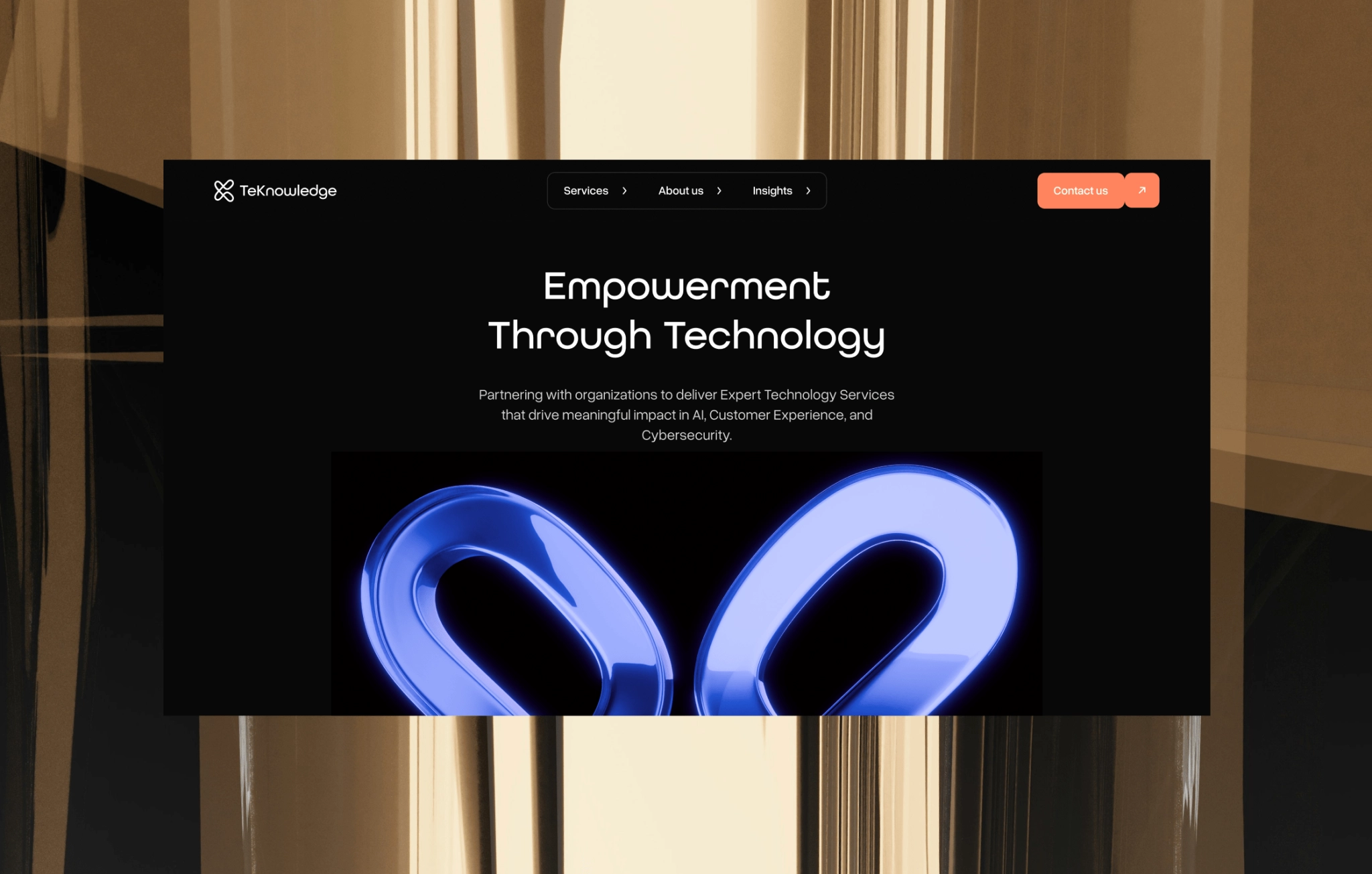
3. Built for humans, not for show
Corporate website design companies put users’ needs first. That means every choice starts with questions like: How will people actually use this site? What will frustrate them? What will keep them engaged? They aim for intuitive journeys: clear navigation, content that’s easy to scan, and paths that feel obvious without explanation. Such agencies obsess over consistency across devices, because in reality users jump from phone to laptop to tablet without thinking twice. And they don’t stop at usability. They look for ways to make the experience memorable through small touches that create trust and brand recall long after the first visit. That’s what separates an average site from one that delivers business results.
As a client, here’s how you can check if an agency truly builds for humans:
- Open one of their case study sites and try to find key info (e.g., “Services” or “Contact”) in under 5 seconds. If you’re hunting around, the UX isn’t strong.
- Scan a page. Are there clear headlines, short paragraphs, bullet points, and visuals breaking up text — or do you see long, heavy blocks of copy?
- Load the site on your phone. Do buttons stay tappable, images resize cleanly, and forms work without zooming or pinching?
- Look for clear calls-to-action (buttons like “Get a Quote” or “Book a Demo”) in logical places — after service descriptions, not hidden in the footer.
- Notice if fonts, colors, and spacing feel uniform across all pages. Inconsistent styling is a red flag for rushed or template-driven work.
- Hover over buttons or links. Do you see small animations, color shifts, or subtle feedback that make the site feel alive and trustworthy?
4. Good websites come from good communication
A corporate website is never a solo effort. The way an agency communicates and collaborates with you will determine whether the project runs smoothly or drags on. Pay attention to both the project process and responsiveness. Strong agencies outline a clear workflow with defined timelines, milestones, and ownership at each stage. If their process feels vague, expect confusion down the road. Equally important is how they communicate: how quickly they answer questions and how openly they handle feedback. A partner who listens and adapts will always be more valuable than one who forces their own agenda. So, look for clarity on:
- How they collect data, requirements, and stakeholder input.
- How they plan the site architecture and user journeys.
- How wireframes and prototypes are created and approved.
- How content is handled — creation, migration, and formatting.
- How milestones, feedback loops, and timelines are managed.
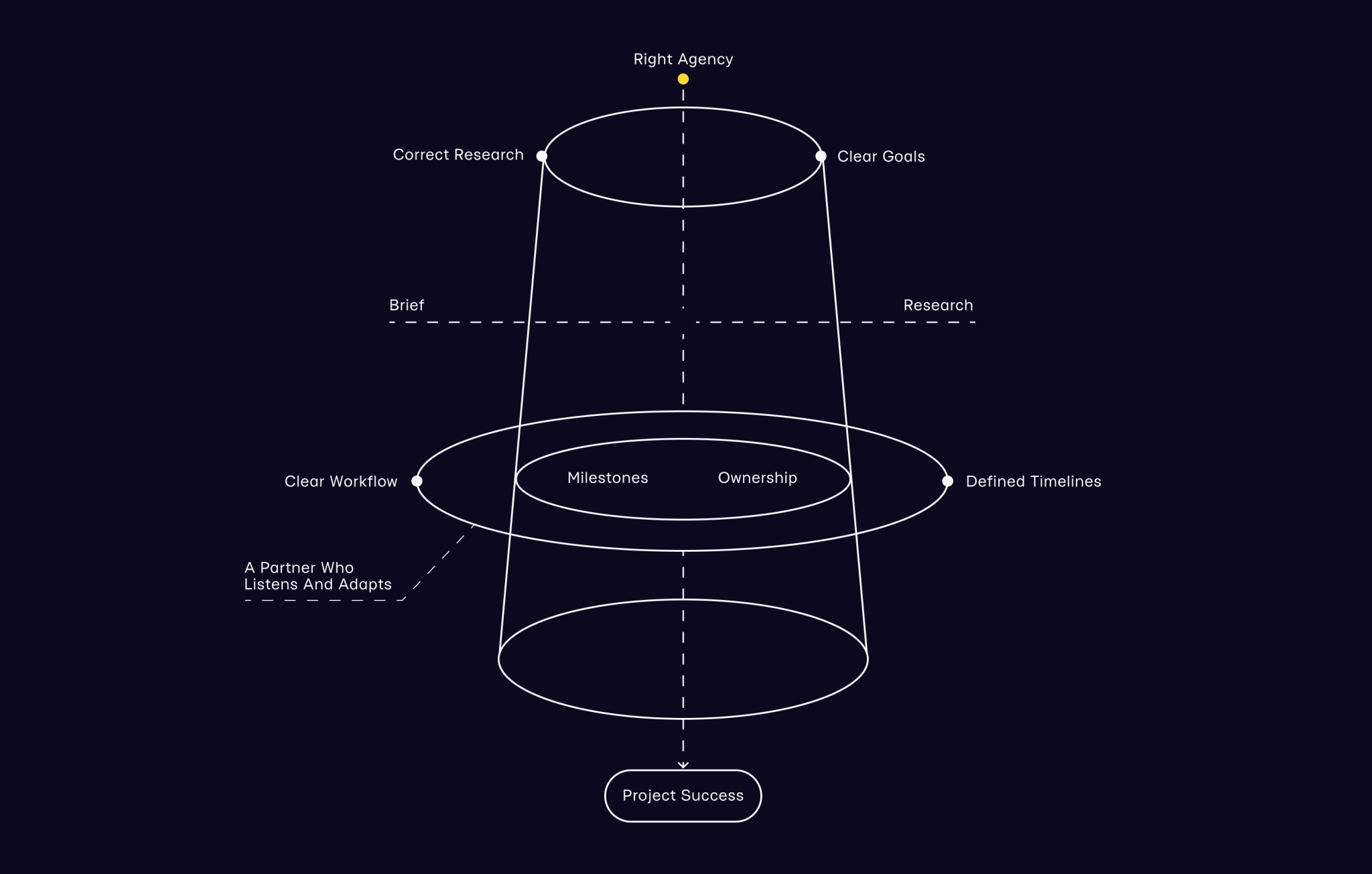
5. Always ready for what’s next
A great agency anticipates trends and shows you how to use them strategically. This agility is what separates agencies that keep your site relevant from those that let it age the day it goes live. That might mean experimenting with AI-driven personalization, tailoring user journeys so every visitor sees the most relevant content. It could be designing with interactive elements that turn static pages into engaging experiences. Forward-looking agencies are also considering sustainable practices, like green hosting and performance optimization, which matter more to businesses and their audiences every year.
The key is that they don’t recommend shiny tools for the sake of novelty. They evaluate which innovations align with your business goals and audience expectations, then integrate them in a way that drives measurable outcomes. An agile agency is both proactive and practical: constantly scanning the horizon for what’s next, and knowing when to apply it to give your brand a real competitive edge.
6. The hidden engine behind great design
The right agency brings not only design skills but also technical expertise and strategic thinking, offering both web design & development services. Pay attention to whether they address:
- Analytics: How the site will track performance, conversions, and user behavior.
- SEO structure: Whether the architecture and content setup support search visibility from day one.
- Performance: How they ensure fast load times, mobile responsiveness, and overall site stability.
- Integrations: How the site connects with your CRM, HR systems, marketing tools, or other platforms.
If an agency overlooks these areas, you may end up with a beautiful site that underperforms in practice. A strong partner thinks beyond design and builds a foundation that supports your business goals long after launch.
How to evaluate a corporate web design agency’s portfolio and results
Once you know what makes a strong agency, the next step is evaluating whether they can prove it. Their portfolio is where you’ll see the difference between vendors who decorate and partners who deliver business impact. Below are the key areas to focus on when deciding who can deliver a site that performs.
1. Align portfolio with your goals
Start with your own definition of success. Do you need more qualified inquiries, stronger credibility, higher conversions, or simply a site that’s easier for customers to use? Once you know that, study their past work through that lens.
- Need inquiries? Look for visible CTAs, smart forms, and clear user flows.
- Need trust? Check for testimonials and certifications.
- Need conversions? See how they guide visitors toward action.
A good portfolio has a proof that an agency can connect design to outcomes.
If you need a SaaS web design, look for a company that understands subscription-based products. For example, they should create clear onboarding flows, guide users toward key actions, and design interfaces that boost engagement and conversions — turning your website into a tool that actually drives results.
2. Assess strategic thinking and results
Most weak case studies only showcase the “final design shots.” A stronger case study explains the thinking behind the design. Look for process documentation in their portfolio: project narratives that explain discovery, design decisions, and outcomes. Screenshots alone don’t prove they can think strategically. For example, in the Digital Dunes project, the case study explains why dune yellow and midnight blue were chosen for branding — to represent calmness by day and intensity by night, echoing the psychology of the gaming audience. The falcon symbol, used it the logo, was tied to brand values like speed and precision. This kind of explanation shows you the agency can connect visuals to strategy.
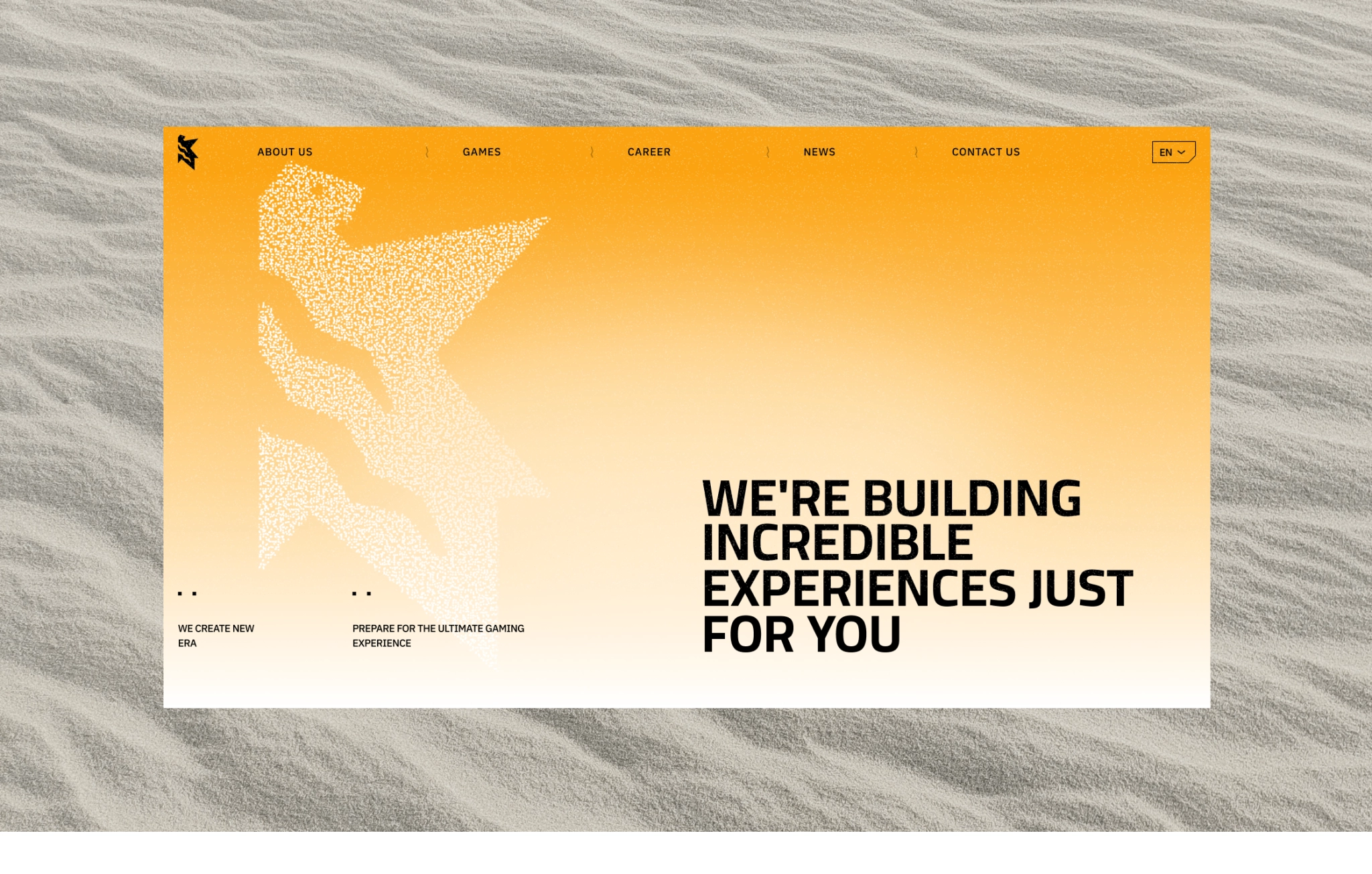
Prioritize case studies that lay out the challenge, the research behind it, and the reasoning for each design choice. That’s where you see whether they solve business problems or just design pages.
3. Business outcomes, not just outputs
Ultimately, design is a tool to achieve business goals. A credible case study will point to the impact: Did the site help attract talent? Build trust with international partners? Strengthen positioning in the market? In the Digital Dunes example, the bilingual approach and HR integration directly supported recruitment and global brand presence. Look for this kind of cause-and-effect storytelling: it shows the agency understands what matters to business leaders.
4. Technical capability
The agency’s technical depth should match the complexity of your business. If you don’t see it in their work, you probably won’t see it in your results. What it means is that the agency you choose needs to prove they can handle the technical and industry-specific demands that go with it.
For this, look beyond the basics. Strong agencies can point to custom functionality that show they’re capable of building more than template-driven sites. Again, take Digital Dunes: the site was rebuilt for Arabic right-to-left flow, not simply mirrored. Careers were integrated via a real-time HR API, ensuring job postings stayed current without manual updates. Those details are what turn a website into a tool that supports real business processes.
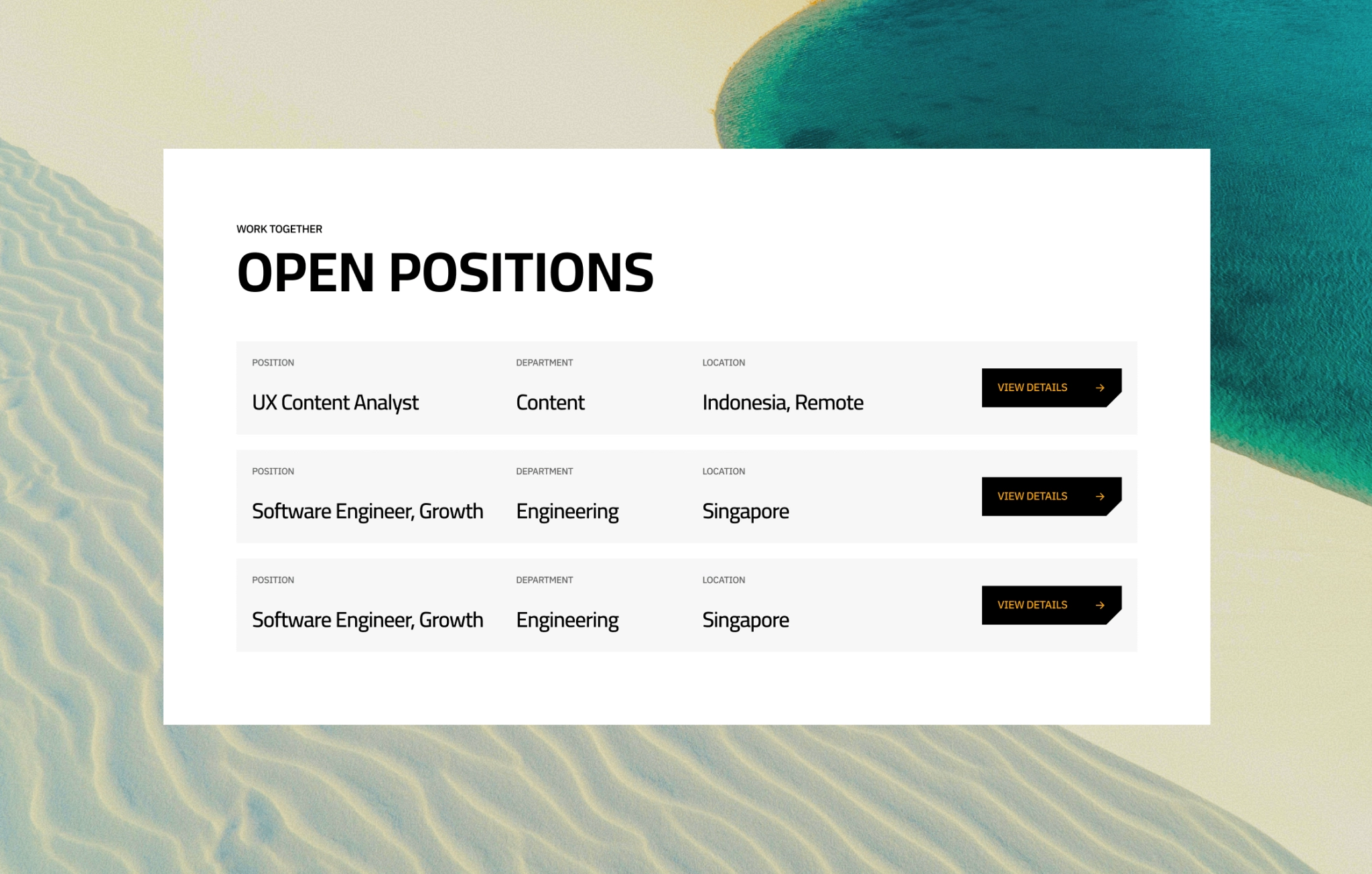
5. Breadth and variety of work
An agency’s portfolio should reveal how they’ve adapted to different industries, audiences, and business goals. Breadth matters because corporate websites often require balancing multiple perspectives and solving challenges that don’t fit into a single formula.
Two things to look for:
- Industry experience. Have they worked with companies similar in scale, complexity, or sector to yours? Relevant experience shows they understand the nuances of your market and won’t waste time climbing a steep learning curve.
- Versatility. Beyond your industry, look at the range of problems they’ve solved. A strong agency demonstrates adaptability: creating solutions that generate leads for one client, build investor trust for another, or streamline recruiting for a third.
When you see variety, you see evidence of problem-solving skills, not just design repetition. The best agencies can adjust their approach without losing clarity or effectiveness.
The Founder’s Decision Framework
When you see variety, you see evidence of problem-solving skills, not just design repetition. The best agencies can adjust their approach without losing clarity or effectiveness.
What role will the website play in your growth?
- Is it a brand credibility tool, a lead-generation machine, or a recruiting hub? The clearer you are on the website’s job, the easier it is to find an agency that can deliver on that function.
What level of partnership do you need?
- Do you want a vendor who executes, or a partner who challenges your assumptions, brings strategy, and grows with you? Agencies can do both, but only the right ones will fit your style of building.
What resources can you commit long term?
- A site isn’t finished at launch. Ask yourself whether you have the team (internal or external) to update content, run experiments, and maintain integrations. Agencies that offer ongoing optimization can become a force multiplier if you don’t have that bandwidth in-house.
If you answer these three questions honestly, you’ll know whether you need a full-service agency, a specialized boutique, or in some cases even a freelance stopgap. The right choice is the one that aligns with your stage, your goals, and your appetite for partnership.
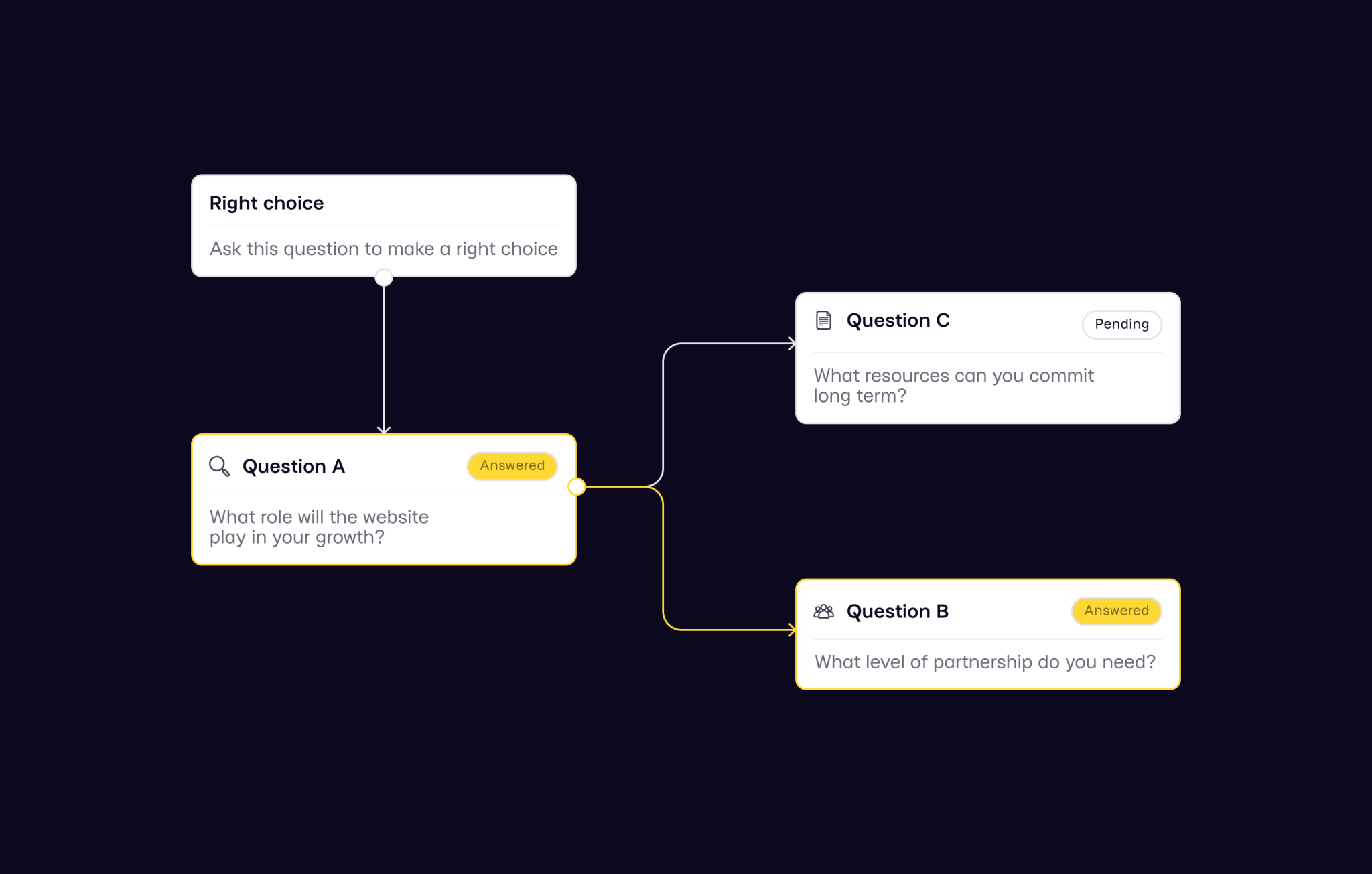
Final thoughts on choosing the right partner
There’s no such thing as a one-size-fits-all agency. Every corporate website comes with its own set of goals, audiences, and technical requirements — which is why it pays to work with a partner who understands the specifics of B2B and corporate communication, or better yet, your industry itself.
From our own experience building websites for logistics, fintech, IT, and manufacturing companies, we’ve learned that an effective site is about structure that guides the user, messages that resonate, interaction logic that feels effortless, and technical execution that makes everything run reliably behind the scenes. Choose an agency that can prove they understand those layers — strategy, UX, and technology — and you’ll get a digital asset that drives trust, leads, and long-term growth. If you’re rethinking your corporate site, our case studies show how we approach these challenges — see if our approach resonates with you.
GET A TEAM THAT’S ALWAYS ON YOUR SIDE
Retainer Contract gives you reliable support whenever you need it
Your questions, answered
What’s the typical timeline for a project with a corporate web design agency?
Most corporate web design and web development services take 3–6 months, depending on scope, integrations, and content preparation.
How can a corporate website design company improve lead generation and conversions?
By aligning site structure, CTAs, and user flows with your buyer journey — turning visitors into qualified leads and decision-makers into clients.
How much does it cost to work with a corporate web design agency?
The pricing can vary widely depending on project scope, but agencies generally reflect the value of a full team, strategic guidance, and long-term reliability — contact our team to get more details.
What are the benefits of hiring a corporate website design company over freelancers?
Agencies bring broader expertise, scalability, and consistent support, while freelancers are better suited for smaller, less complex projects.
How to choose the right corporate web design agency for the business goals?
Look for case studies that show strategic thinking, B2B experience, technical capability, and clear communication.
rate this article
5 / 5.0

based on 1 reviews

